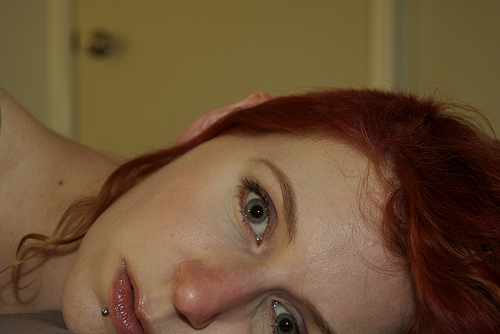
What Are Sleep Disorders?
Sleep disorders are thought to be due to a defect in an individual’s natural sleep mechanism coupled with unhelpful learned behaviors. It is important to remember that there is significant individual variation in normal sleep duration and pattern. Sleep disorders can be classified into four categories. They are primary sleep disorders, sleep disorders secondary to another medical illness and sleep disorders secondary to substance abuse. Primary sleep disorders can be further divided into two. Dyssomnia is characterized by abnormal amount, quality or timing of sleep and parasomnia is characterized by abnormal episodes of sleep. Dyssomnia includes lack of sleep (insomnia), excessive sleep (hypersomnia), and abnormal irresistible attacks of refreshing sleep (narcolepsy). Parasomnia includes nightmares, night terrors and sleep walking.
- Important notification about information and brand names used in this slideshow!
- Photo courtesy of Lynn by Flickr : www.flickr.com/photos/thiswasmeantforyou/2582452330/
- Oxford textbook of psychiatry
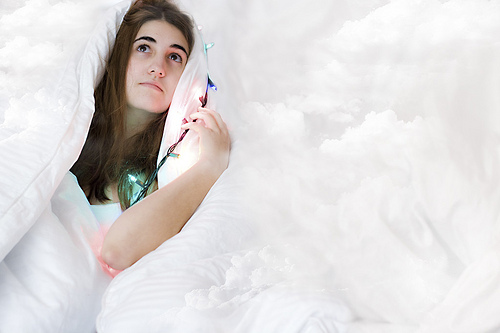
How Common Are Sleep Disorders?
Around 40 million people suffer from a chronic sleep disorder, and 30% of the adult population has had at least a single episode of disordered sleep. Around 62% of the adult population experience a sleep related problem a few nights per week. This has resulted in a loss of about 18 billion US dollars to employers. Although the average number of hours of sleep requirement is around 8 hours in adults, only 29% claim to get it. Only 30% of high school students claim to get the required amount of sleep. Forty thousand car crashes per year are attributed to falling asleep at the wheel. Out of that 1550 fatalities have occurred.
- Important notification about information and brand names used in this slideshow!
- Photo courtesy of Alex Bellink by Flickr : www.flickr.com/photos/zbellink/5349649763/
- Oxford textbook of psychiatry
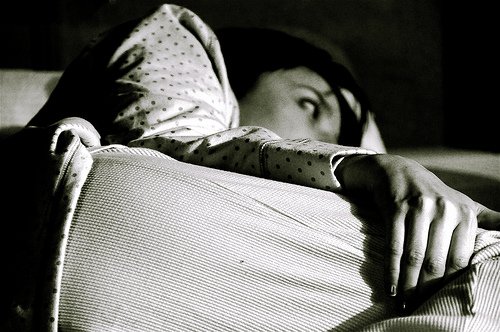
Insomnia
Insomnia is categorized as a dyssomnia. It is characterized by difficulty falling asleep, frequent awakening during the course of sleep, early morning awakening with subsequent difficulty getting back to sleep and un-refreshing sleep. Patients complain of daytime tiredness, low mood and poor work performance. Studies have shown that the effect of insomnia on a person's quality of life is similar to that of heart failure! Apart from primary insomnia, painful conditions, breathing problems, anxiety, mania, depression, frequent nighttime urination, caffeine and alcohol result in insomnia. Together with good sleep hygiene, sedatives like mertazapine, amitriptyline zopiclone, zolpidem, zaleplon and short acting benzodiazepines are effective against insomnia.
- Important notification about information and brand names used in this slideshow!
- Photo courtesy of Alyssa L. Miller by Flickr : www.flickr.com/photos/alyssafilmmaker/3628914665/
- Oxford textbook of psychiatry
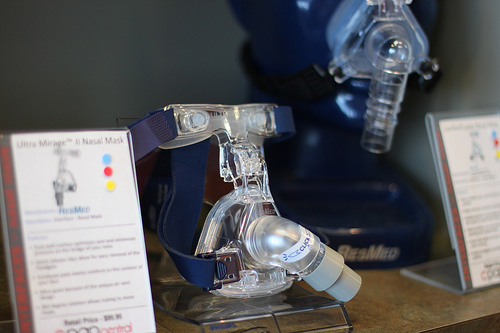
Breathing-Related Sleep Disorders
These disorders feature a repeated disruption of sleep due to abnormalities of ventilation during sleep. This results in un-refreshing sleep and excessive tiredness during the day. Obstructive sleep apnea is the most common breathing related sleep disorder. It is characterized by obstruction of the upper airways during sleep despite adequate respiratory effort. Typically, patients have noisy breathing, loud snoring and a pause in breathing lasting 20 to 90 seconds. While this is not rare, obese people are at a higher risk. Proper investigations including observed sleep are needed to assess and treat this condition. Dietary alterations, regular exercise and appetite suppressants might be needed to control weight.
- Important notification about information and brand names used in this slideshow!
- Photo courtesy of Rachel Tayse by Flickr : www.flickr.com/photos/11921146@N03/6981949723/
- Oxford textbook of psychiatry
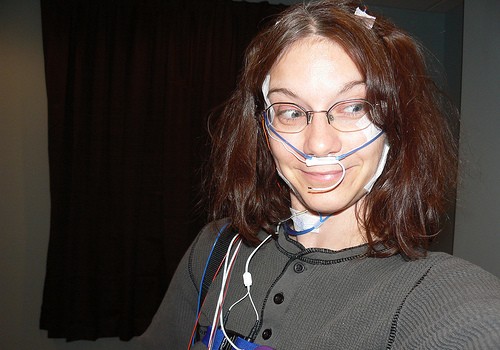
How To Sleep Correctly
Avoid sleeping during the day. Exercise during the day and maintain a healthy diet. Eliminate the use of stimulants such as caffeine, nicotine and alcohol especially around bedtime. Get used to using the bedroom for sleep and sex only; not for reading or watching TV. Go to bed and awaken at the same time each day. Avoid stimulating activities before bedtime. Try having a hot bath or drinking a cup of warm milk near bedtime. Ensure that the bed is comfortable and the bedroom is quiet. Do not lie awake in bed for more than 15 minutes. Get up and do another relaxing activity and try sleeping later.
- Important notification about information and brand names used in this slideshow!
- Photo courtesy of Vicky Somma by Flickr : www.flickr.com/photos/tgaw/3355364470/
- Oxford textbook of psychiatry
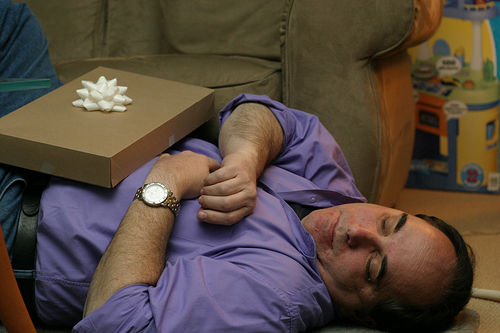
Narcolepsy
Narcolepsy and hypersomnia are both dyssomnias. Narcolepsy is seen as a neurological condition, mainly due to an abnormality in REM sleep. It is characterized by irresistible attacks of refreshing sleep, sudden loss of muscle tone precipitated by emotional upheaval, hallucinations and sleep paralysis. Patients usually have two to six episodes of sleep per day. Each episode lasts about 10 minutes. They also have impaired concentration and memory. Medical conditions like stroke, encephalitis, meningitis, brain tumors and toxic substances can cause narcolepsy. Narcolepsy needs immediate treatment because it is dangerous, especially for professionals like drivers, heavy machine operators and divers. It is treated with a stimulant like dexamphetamine and methylphenidate.
- Important notification about information and brand names used in this slideshow!
- Photo courtesy of Dan Budiac by Flickr : www.flickr.com/photos/dansays/2521605/
- Oxford textbook of psychiatry
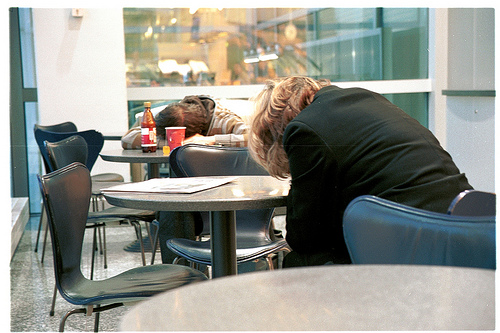
Jet Lag
Jet lag is a disturbance of the natural sleep cycle. This results from a defect in internal biological clock or abnormal sudden environmental change like long distance flights and night shift work. These patients lack a synchrony between the internal sleep rhythm and that demanded by the environment. They stay awake when they are supposed to sleep and vice versa. Delayed sleep phase syndrome is a milder form where the sleep length is normal and the timing of sleep is set later than other individuals. These individuals complain of daytime tiredness, drowsiness and excoriating difficulty in awakening. Good sleep hygiene and drug therapy to bring about sleep according to a healthy sleep schedule is effective as treatment.
- Important notification about information and brand names used in this slideshow!
- Photo courtesy of Alberto Vaccaro by Flickr : www.flickr.com/photos/gin_fizz/2219721739/
- Oxford textbook of psychiatry
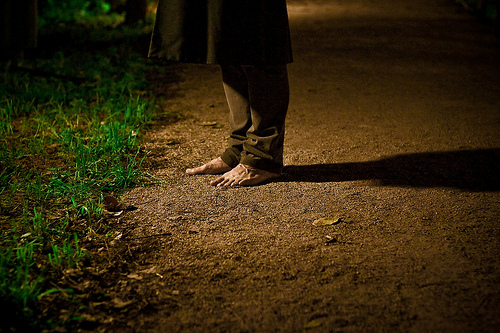
Sleep Walking
Sleep walking is characterized by an unusual stare of consciousness while sleeping, in which complex movement like walking around occurs. While sleep walking, the individual has a blank stare and is relatively unresponsive to the communicative efforts of others and is difficult to awaken. When sleepwalkers do wake up either the following morning or during an episode they do not have any recollection of the event. They usually do not have any cognitive abnormalities. There may be a momentary disorientation after waking up from an episode. Sleep walking occurs during slow wave sleep and during the first third of the night.
- Important notification about information and brand names used in this slideshow!
- Photo courtesy of Der Wunderbare Mandarin by Flickr : www.flickr.com/photos/40704276@N06/5330599515/
- Oxford textbook of psychiatry
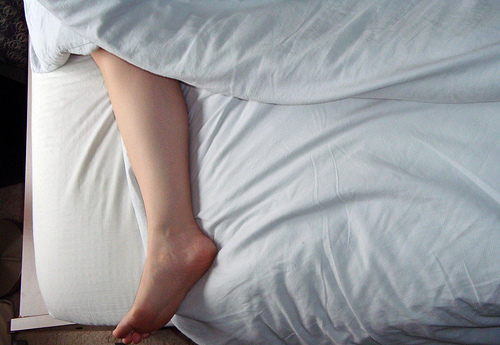
Restless Leg Syndrome
Restless leg syndrome is an irresistible urge to change the position and posture of a body part as a response to an unusual and unpleasant sensation. These sensations can be an itch, tingling (parasthesia) or pain. Moving the body part changes the sensation and provides relief for a short while. The urge to move the legs is most common and gives the name to this syndrome. But any part of the body may be involved. Some individuals even feel an itch in a part that was amputated. This is called phantom limb. They feel that their limb is still there even if it is removed surgically. Willis-ekbom syndrome and Wittmaack-ekbom syndrome are other names for restless leg syndrome.
- Important notification about information and brand names used in this slideshow!
- Photo courtesy of Paul Roth by Flickr : www.flickr.com/photos/paulidin/3445651783/
- Oxford textbook of psychiatry

Nightmares And Night Terrors
Nightmares are distinguished from night terrors by the observation that the individual is not only alert and oriented immediately after awakening, but also is able to recall the dream in vivid detail. Furthermore, nightmares tend to occur during the second half of the night because they occur almost exclusively during REM sleep. Between ten to fifty percent of children aged three to five experience repeated nightmares, although they occur occasionally in up to fifty percent of adults. Nightmares are characterized by an individual waking from sleep due to an intensely frightening dream involving threats to survival, security or self esteem. Sleep terrors are episodes that feature an individual (usually a child) abruptly waking up from sleep, usually with a scream, appearing to be in a state of extreme terror and panic. These episodes are associated with a rapid heart rate, sweating, rapid breathing and relative unresponsiveness to the efforts of others to comfort the person. Upon full awakening there is no recollection of the dream or nightmare. Sleep terrors last for about 1 to 10 minutes and occur during slow wave sleep. Therefore night terrors are also common in the first third of the night. Night terrors usually resolve by...
Nightmares are distinguished from night terrors by the observation that the individual is not only alert and oriented immediately after awakening, but also is able to recall the dream in vivid detail. Furthermore, nightmares tend to occur during the second half of the night because they occur almost exclusively during REM sleep. Between ten to fifty percent of children aged three to five experience repeated nightmares, although they occur occasionally in up to fifty percent of adults. Nightmares are characterized by an individual waking from sleep due to an intensely frightening dream involving threats to survival, security or self esteem. Sleep terrors are episodes that feature an individual (usually a child) abruptly waking up from sleep, usually with a scream, appearing to be in a state of extreme terror and panic. These episodes are associated with a rapid heart rate, sweating, rapid breathing and relative unresponsiveness to the efforts of others to comfort the person. Upon full awakening there is no recollection of the dream or nightmare. Sleep terrors last for about 1 to 10 minutes and occur during slow wave sleep. Therefore night terrors are also common in the first third of the night. Night terrors usually resolve by adolescence.
- Important notification about information and brand names used in this slideshow!
- Photo courtesy of Shiven Wolf by Flickr : www.flickr.com/photos/shivenis/3616086663/
- Oxford textbook of psychiatry


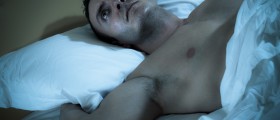
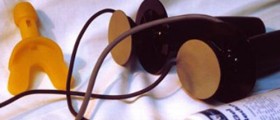



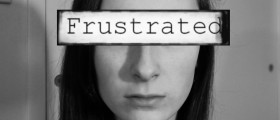
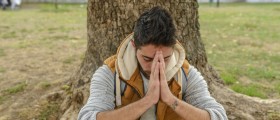
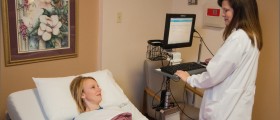
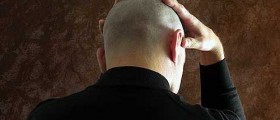
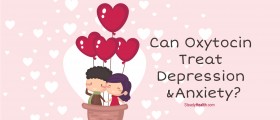
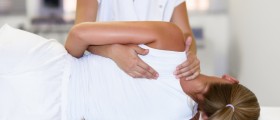



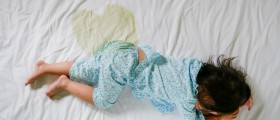
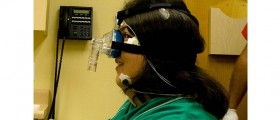
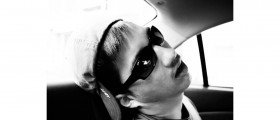

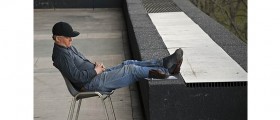
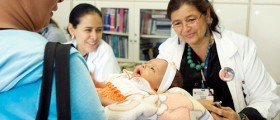
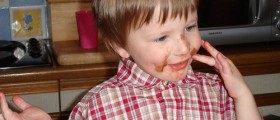
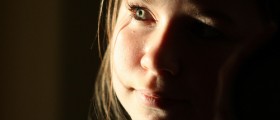

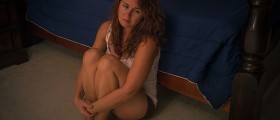
Your thoughts on this
Loading...